Supply Chain Report – 10/15/2025
India’s garment industry is facing mounting challenges as U.S. tariffs of up to 50 percent disrupt trade flows and strain profit margins. To offset the losses and sustain operations, exporters are now seeking new buyers in Europe while offering steep discounts to maintain their foothold in the American market.
The tariff increase, announced last August by U.S. President Donald Trump, effectively doubled import taxes on a wide range of Indian goods, including garments, jewelry, and seafood products. The move has emerged as one of the most significant trade barriers affecting India’s export sector in recent years.
A Mumbai-based garment exporter told Reuters that the industry’s top priority is to diversify beyond the U.S. and expand shipments to the European Union (EU). “A quick free trade agreement (FTA) with the EU will give a big boost to Indian exports,” the exporter noted, emphasizing that the industry sees Europe as a stable long-term alternative.
The European Union remains India’s largest trading partner, with bilateral trade in goods reaching $137.5 billion in the fiscal year ending March 2024—an increase of nearly 90 percent over the past decade. Industry observers believe that renewed cooperation under a potential FTA could unlock new opportunities for Indian exporters, particularly in textiles and apparel.
In response to the shifting trade landscape, Indian garment factories have begun modernizing production facilities to comply with the EU’s stricter regulations on chemical use, labeling, and ethical sourcing. Rahul Mehta, chief consultant at the Clothing Manufacturers Association of India (CMAI), said exporters are investing heavily to meet European standards. “Exporters are now keen to reduce their dependence on the U.S.,” Mehta explained.
Despite diversification efforts, the United States remains India’s largest export destination for ready-made garments and textiles, accounting for roughly 29 percent of India’s $38 billion in exports during the fiscal year ending March 2025. However, rising tariffs have eroded margins and forced businesses to adopt cost-cutting measures.
Vijay Kumar Agarwal, chairman of Mumbai-based Creative Group, revealed that nearly 89 percent of his company’s exports are U.S.-bound. To remain competitive, the firm has been offering discounts to American buyers but warns that continued tariff pressure could force drastic actions.
“If these high tariffs continue, we may have to lay off 6,000 to 7,000 employees out of our 15,000-strong workforce,” Agarwal said. “If the situation does not improve within six months, we will consider shifting part of our production to Oman or Bangladesh, where trade conditions are more favorable.”
Analysts note that India’s pivot toward Europe could help soften the impact of U.S. tariffs, but caution that supply chain adjustments and compliance costs may take time to balance out. The success of this shift may depend largely on the pace of FTA negotiations with the EU and how quickly exporters can adapt to new market standards.
#TradeUpdate #SupplyChainNews #TariffImpact #GlobalTrade #EconomicOutlook

















